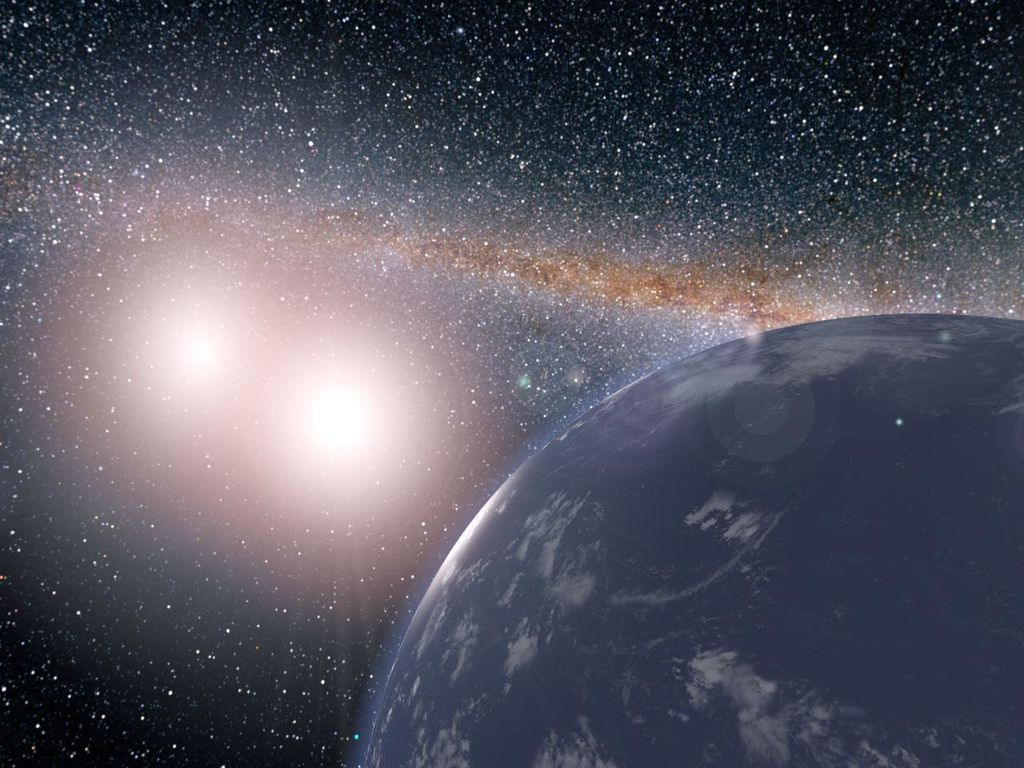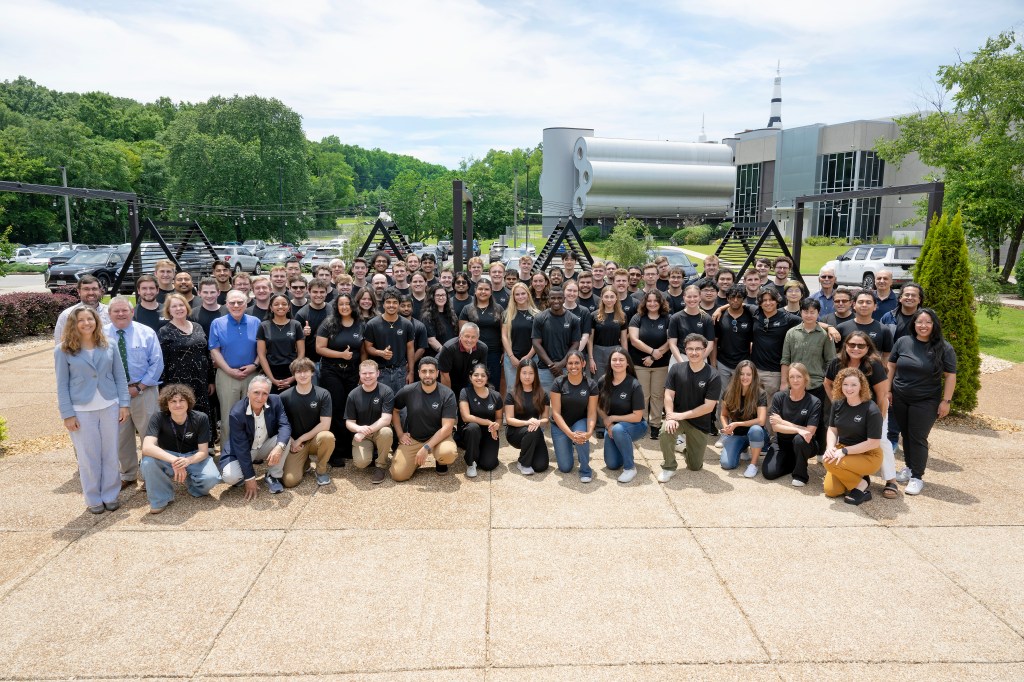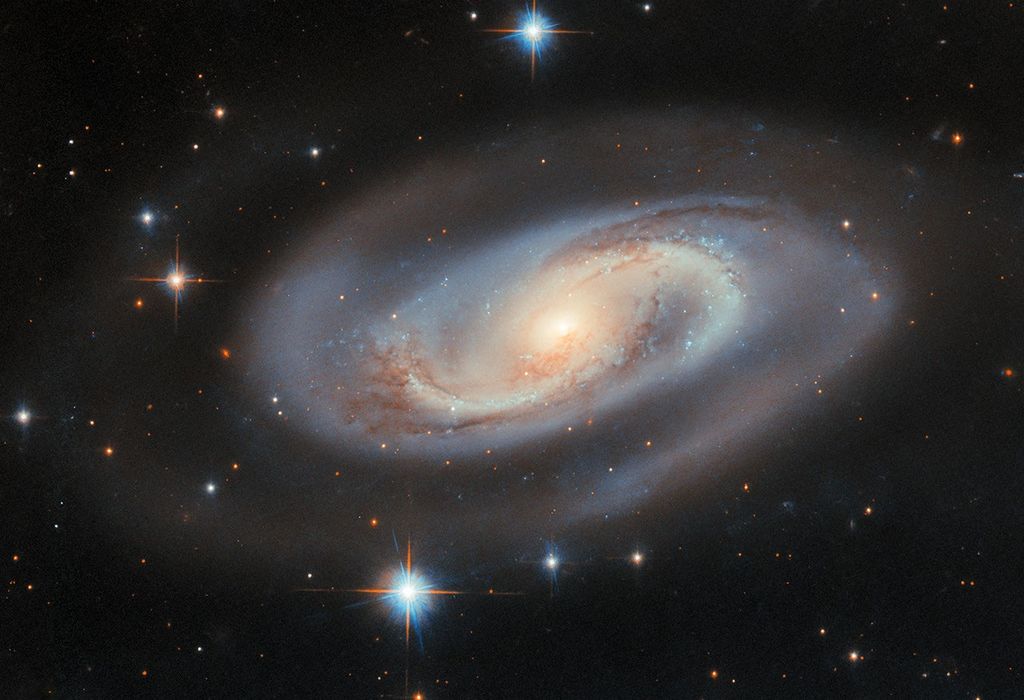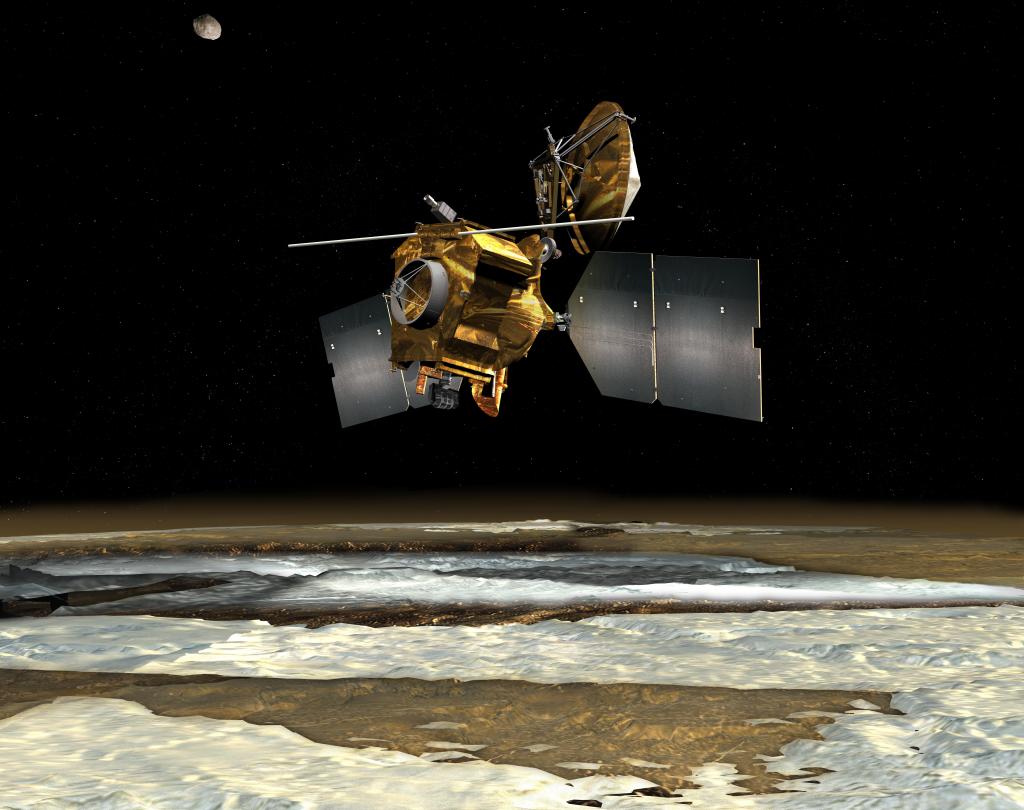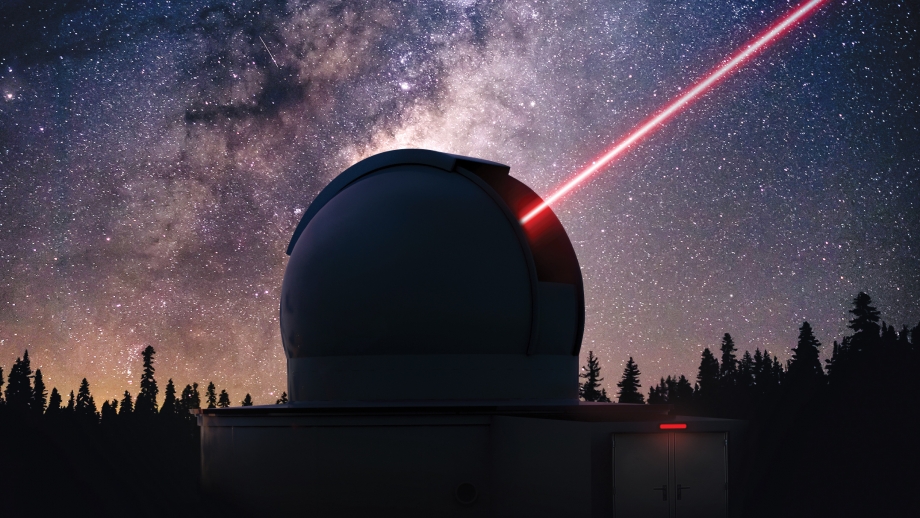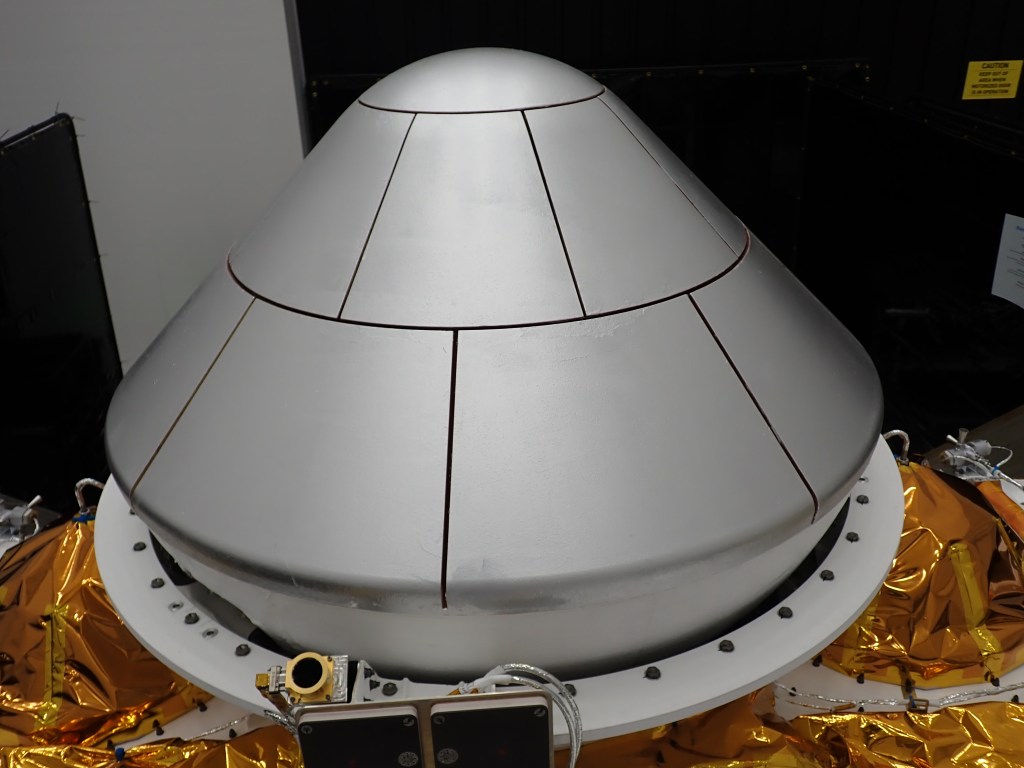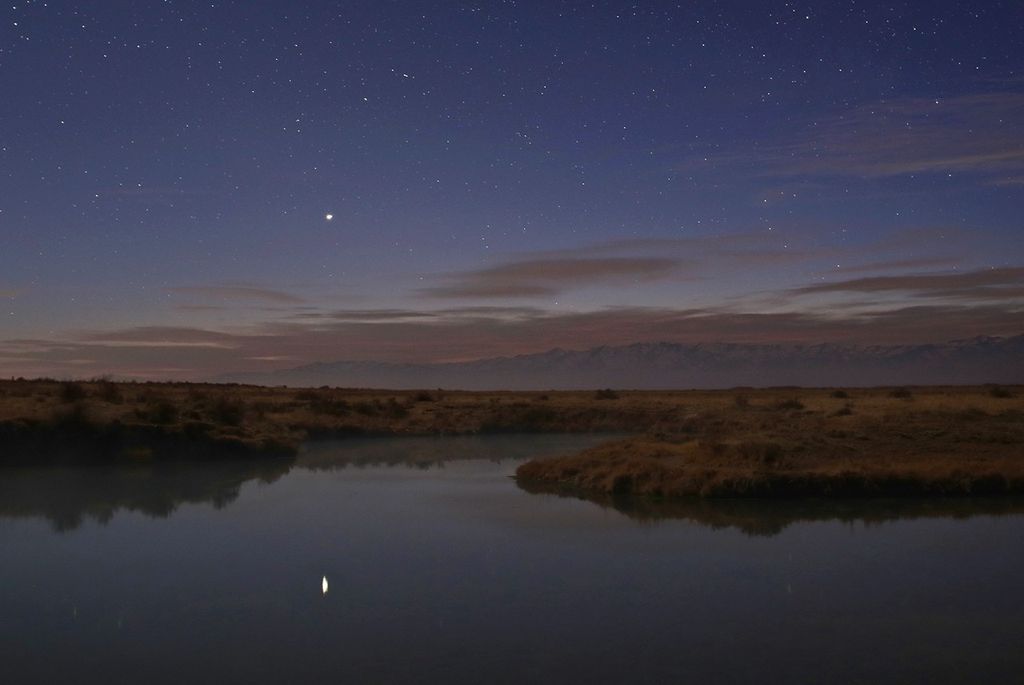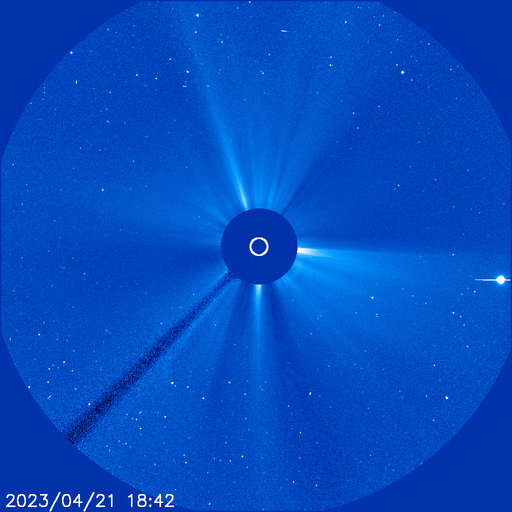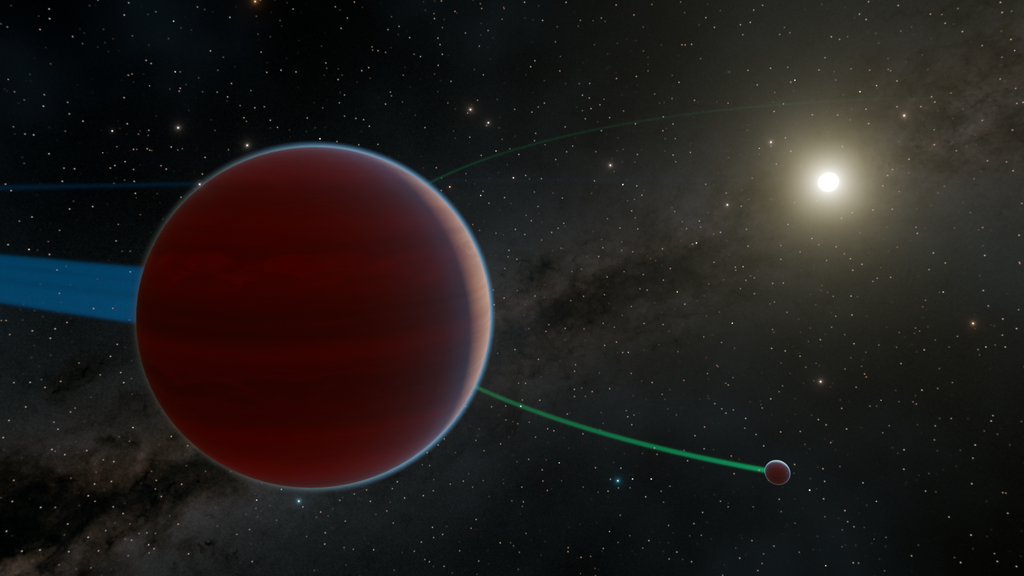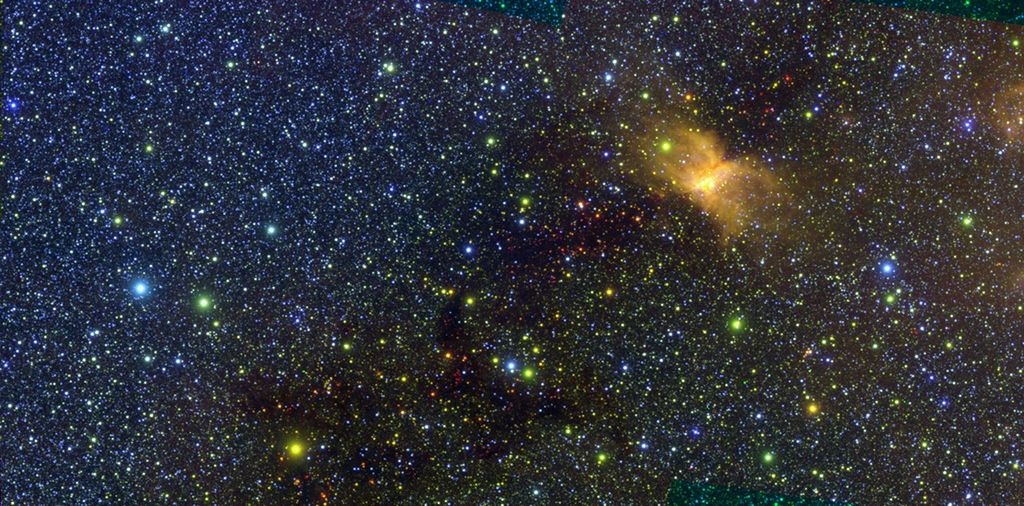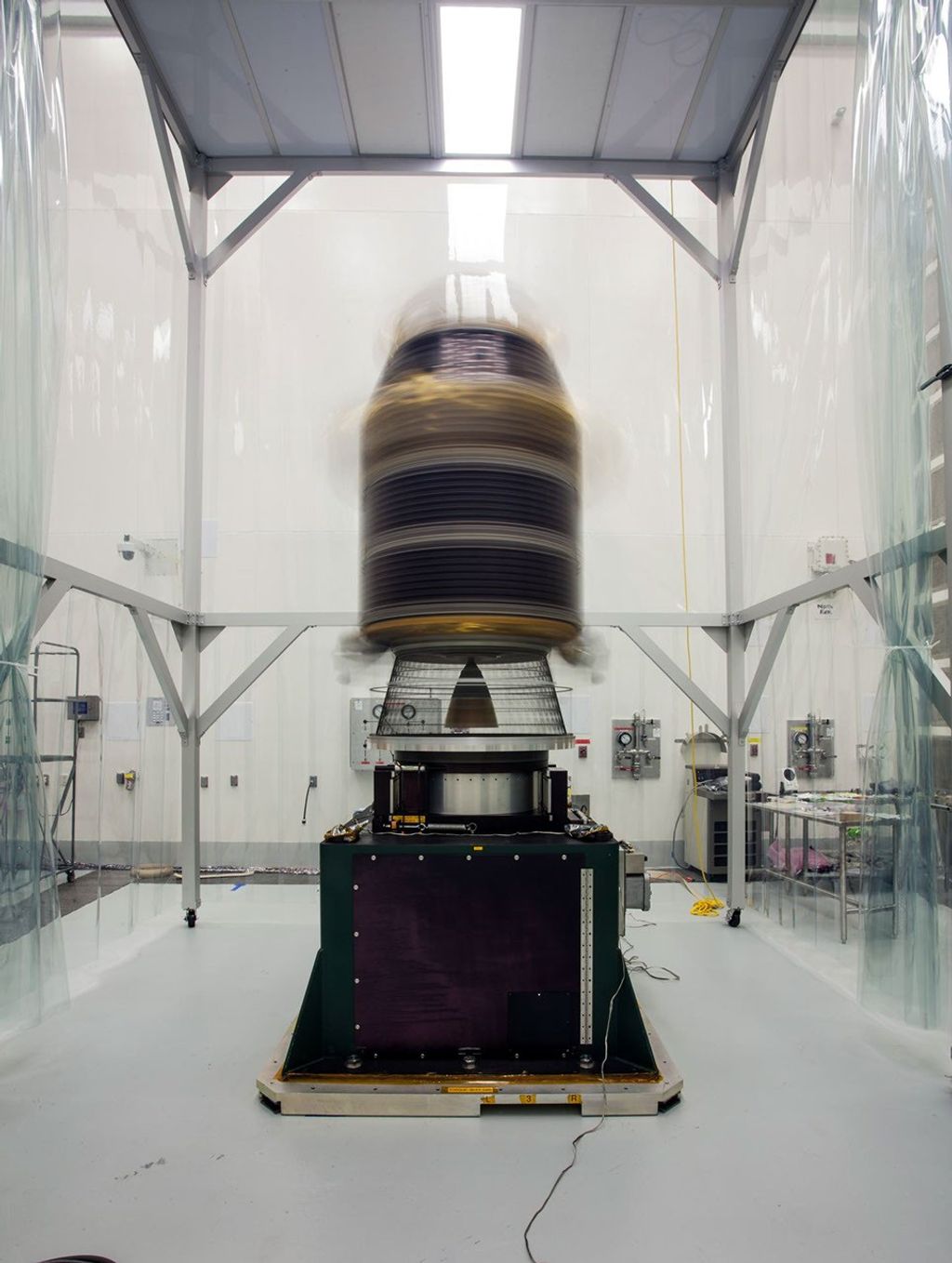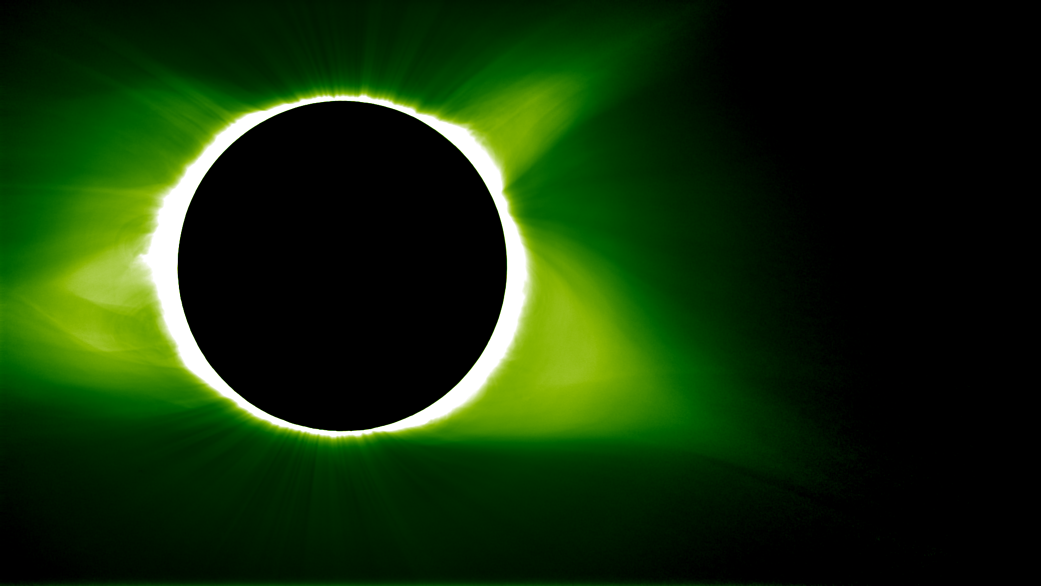
While total solar eclipses happen about once every 18 months somewhere on Earth, the Aug. 21, 2017, eclipse was rare in its long path over land. The total eclipse lasted about 90 minutes, from the time it first reached the Oregon coast to when it left the North American mainland in South Carolina. This long, uninterrupted path over land provided scientists with a rare chance to investigate the Sun and its influence on Earth in ways that aren’t usually possible.
Scientists study the Sun’s corona from space with instruments called coronagraphs, which use a metal disk to block out the Sun’s face. But the innermost regions of the Sun’s corona in white light are only visible during total solar eclipses, when scientists are able to measure the lower corona in great detail. On Dec. 11, 2017, researchers discussed initial findings based on observations of the Sun and on Earth gathered during the August solar eclipse that stretched across North America.
Related: Eclipse 2017: Science in the Moon’s Shadow
Image Credit: NASA/SwRI.Amir Caspi/Dan Seaton

